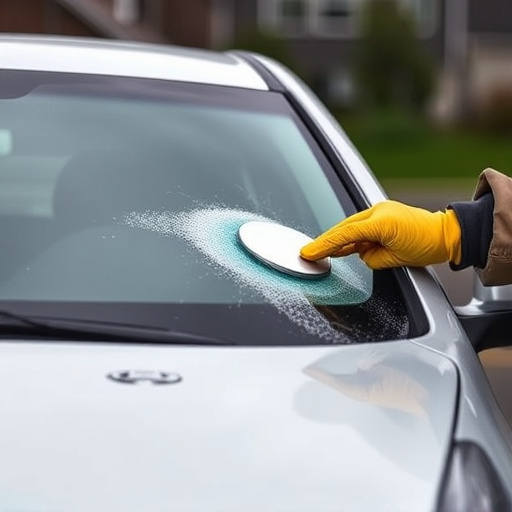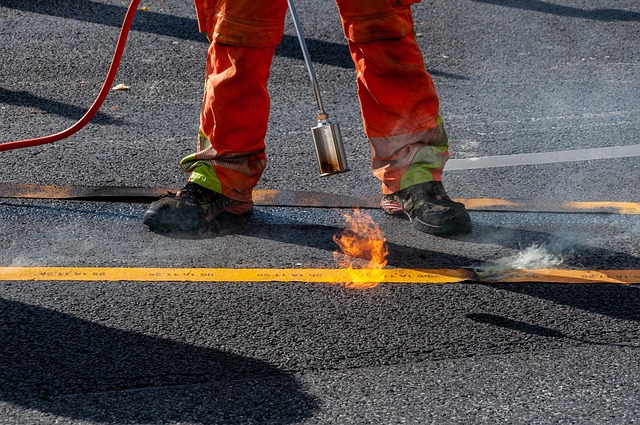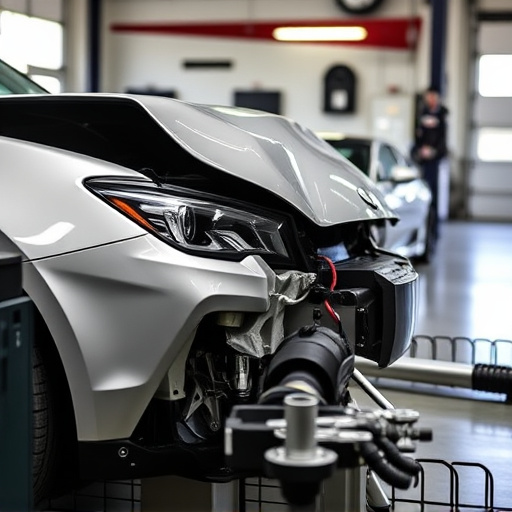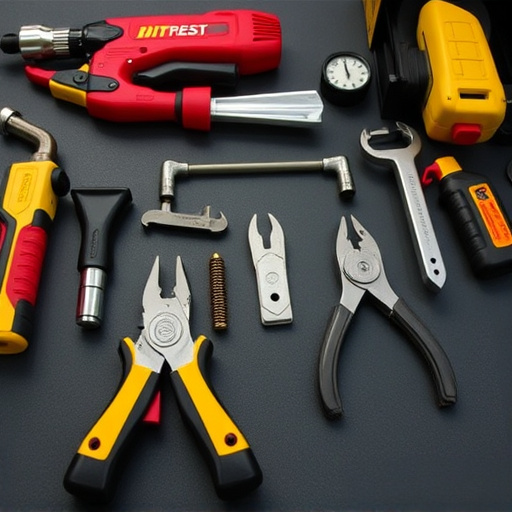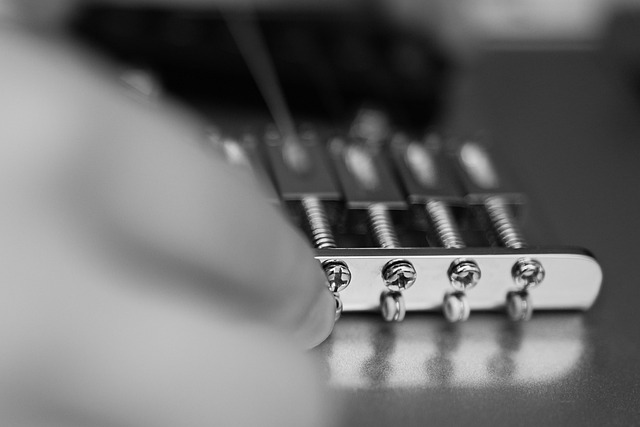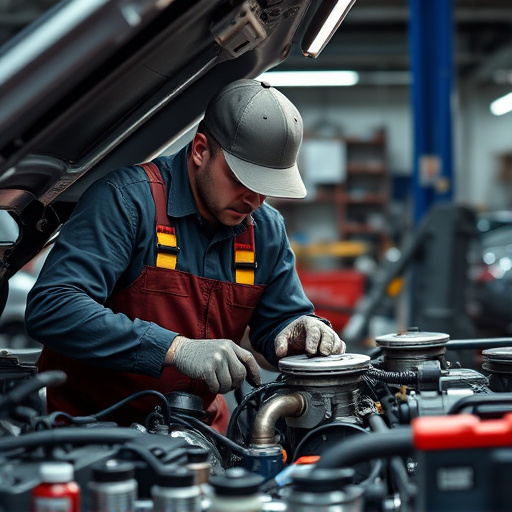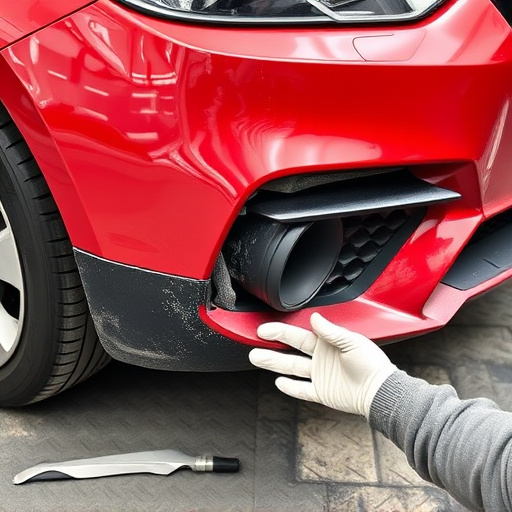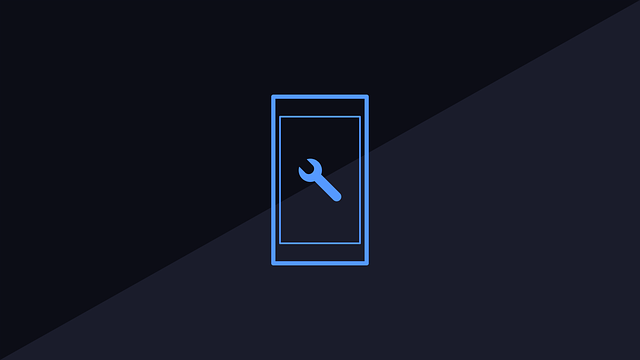Auto body shop direct repair programs (DRPs) optimize vehicle bodywork repairs by pairing insurance companies with certified shops. Adjusters streamline claims, ensure quality through manufacturer standards, and coordinate repairs, benefiting policyholders and businesses with faster, cost-effective, and accurate auto body repairs including dent removal and glass replacement.
In today’s digital era, understanding Direct Repair Programs (DRPs) is paramount for both auto body shops and insurers. Your insurance adjuster plays a pivotal role in facilitating these programs, ensuring efficient and effective repairs. This article delves into the comprehensive overview of DRPs, explores the key responsibilities of insurance adjusters within them, and highlights the enhanced collaboration’s benefits for auto body shops and insurers alike. Discover how this game-changer revolutionizes the car repair process.
- Understanding Direct Repair Programs: A Comprehensive Overview
- The Insurance Adjuster's Key Responsibilities in DRP
- Enhancing Collaboration: Benefits for Auto Body Shops and Insurers
Understanding Direct Repair Programs: A Comprehensive Overview

Direct Repair Programs (DRPs) are partnerships between insurance companies and auto body shops, designed to streamline the process of vehicle bodywork repairs after an accident. These programs offer numerous benefits for both policyholders and businesses involved. By authorizing specific auto body shops as preferred providers, insurance adjusters facilitate faster and more efficient autobody repairs.
In a DRP, when a customer files a claim for vehicle dent repair or other types of damage, the insurance adjuster assigns the job to a nearby participating shop, often with pre-negotiated rates. This ensures that policyholders receive quality autobody repairs while potentially saving them time and money. The program’s structure allows for direct communication between adjusters and shops, simplifying the claim process and enabling faster turnaround times for vehicle restoration.
The Insurance Adjuster's Key Responsibilities in DRP

In the realm of auto body shop direct repair programs (DRP), the insurance adjuster plays a pivotal role in ensuring smooth and efficient operations. Their primary responsibilities encompass facilitating the claims process, assessing vehicle damage, and coordinating repairs with approved body shops. By acting as a liaison between policyholders, insurers, and car bodywork services, adjusters streamline the journey for all parties involved.
Additionally, they verify the quality of automotive body work by ensuring that repairs adhere to manufacturer standards and guidelines. This meticulous process includes inspecting parts replacements, checking paint jobs, and verifying the use of original equipment manufacturer (OEM) components. Such attention to detail guarantees that customers receive top-notch body shop services, fostering trust in the DRP framework.
Enhancing Collaboration: Benefits for Auto Body Shops and Insurers

In the realm of auto body repairs, collaboration between insurance adjusters and auto body shops is a game-changer. When insurers implement Direct Repair Programs (DRPs), they create a structured partnership that benefits both parties. For auto body shops, DRPs offer enhanced efficiency and streamlined processes. Insurers, on the other hand, can ensure consistent, quality repairs while maintaining cost control.
This collaboration encourages open communication and information sharing. Auto body shops gain access to insurer-approved repair procedures and specifications, facilitating faster and more accurate car bodywork and even luxury vehicle repair. Additionally, DRPs often include dedicated support for auto glass replacement, further optimizing the claims process. Such partnerships can lead to reduced repair times, higher customer satisfaction, and ultimately, a better experience for all involved—from insurance adjusters to policyholders.
Your insurance adjuster plays a pivotal role in facilitating efficient and effective auto body shop direct repair programs (DRPs). By understanding their key responsibilities, both parties can enhance collaboration, streamlining the claims process. This not only benefits auto body shops with faster turnaround times and increased business but also ensures insurers maintain control over repair costs while providing quality service to policyholders. Ultimately, DRPs foster a harmonious relationship between insurers, adjusters, and auto body shops, ultimately improving customer satisfaction.
